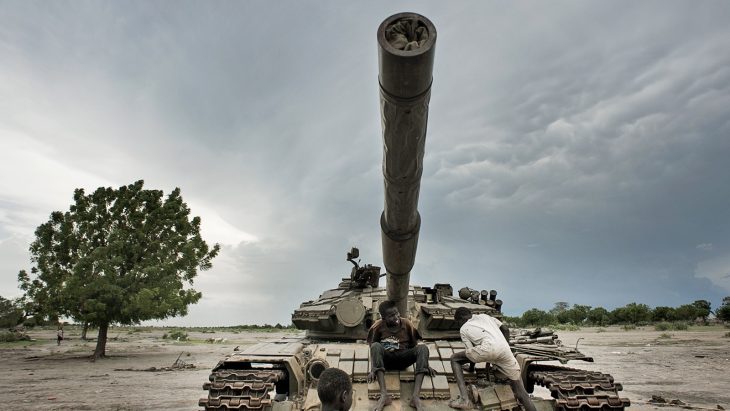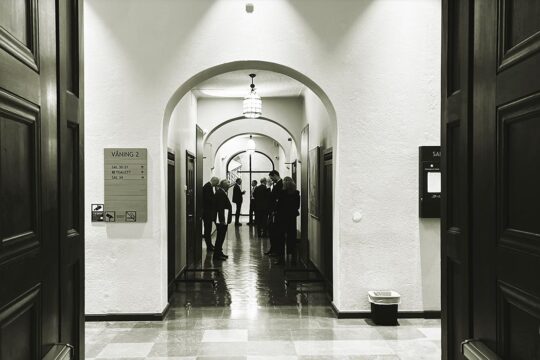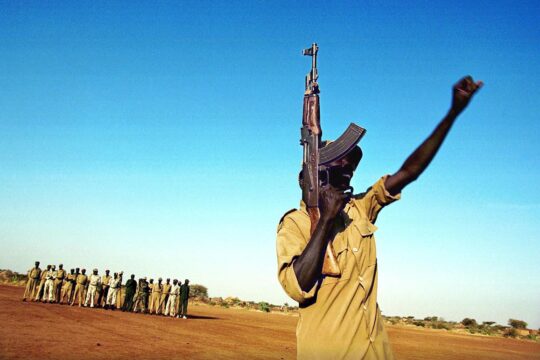NAIROBI, 26 August 2015 (IRIN) - After months of foot-dragging and under the threat of United Nations sanctions, South Sudan President Salva Kiir today finally signed a power-sharing agreement aimed at ending the country’s civil war.
Rebel leader and former Vice President Riek Machar had already signed the agreement, which could stop 20 months of fighting, allow more than two million displaced people to return home, alleviate a humanitarian crisis and ease tension between rival ethnic groups.
Kiir and Machar have already violated a string of previous agreements, fuelling accusations that the negotiations are just subplots in a violent struggle for control of the corruption-ridden government in the world’s newest nation, which gained independence from Sudan in 2011. Kiir has already expressed “reservations” about the latest proposed accord.
Below are some of the false dawns in a peace process that has failed thus far to stop fighting that broke out in the capital, Juba, in December 2013 and quickly spread across the north and east of the country:
• January 2014: Under international pressure to halt raging violence, the government and opposition sign a cessation of hostilities agreement but immediately accuse each other of violations. A week later, the government military, known as the Sudan People’s Liberation Army, attack Leer, Machar’s northern hometown.
• May 2014: Kiir and Machar sign a one-page agreement recommitting to the January ceasefire. They promise to open humanitarian corridors and allow “30 days of tranquility” so farmers can sow crops and prevent famine. Kiir later says he only signed under pressure from Ethiopia, and fighting continues.
• August 2014: Kiir and leaders of South Sudan’s neighbouring states sign a roadmap leading to a transitional government of national unity. Machar refuses to sign up, accusing leaders in the Intergovernmental Authority on Development (IGAD), a regional group involved in the negotiations, of tilting the process in favour of Kiir.
• November 2014: Both parties renew the much-broken ceasefire and IGAD mediators give them 15 days to reach a power-sharing deal, threatening sanctions if they fail. The ceasefire breaks down 24 hours later with fighting in the oil-rich north.
• January 2015: Rival factions of the Sudan People’s Liberation Movement, the ruling party that splintered at the start of the conflict, sign a reunification agreement in Arusha, Tanzania. Some observers hope the surprise accord will push peace negotiations forward, but fighting continues.
• February 2015: Kiir and Machar sign a document in the Ethiopian capital, Addis Ababa, on “Areas of Agreement” for a future transitional government of national unity. They recommit themselves to the ceasefire but fail to agree on sharing power. Fighting continues, with rebel shelling near the city of Bentiu.
• March 2015: The two sides fail to meet a “last chance” deadline to finalise power-sharing agreement, even after the UN Security Council adopts a system for imposing sanctions on those blocking the way to peace. UN sanctions are slapped on three commanders from each side in May.
• August 2015: Negotiations resume after US President Barack Obama warns of more sanctions if a 17 August deadline for an agreement is missed. Officials say South Sudan risks an arms embargo. Machar signs a deal that includes a permanent ceasefire and would see Juba demilitarised, but Kiir refuses and negotiators grant him two more weeks for “consultations”. Fighting continues uninterrupted.






